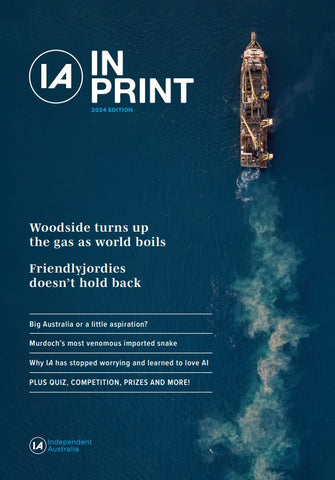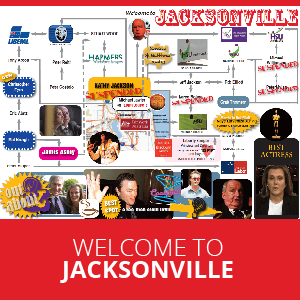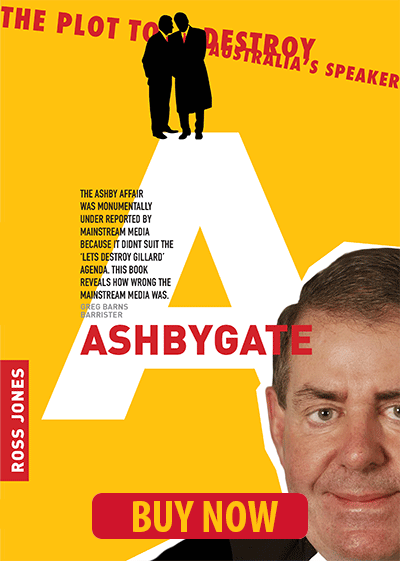Imagine this: your team spends weeks crafting a detailed product catalogue or white paper. Now, it needs to be translated into three languages for an upcoming launch. You open your go-to translation tool and hit an unexpected wall, a word limit. Suddenly, you are copying and pasting in chunks, reformatting sections manually, and double-checking every translated phrase. The clock is ticking and the workload just doubled.
This is a common scenario for small and medium-sized businesses (SMBs) trying to expand into global markets. Free translation tools can only take you so far. They often cap the number of words per translation, disrupt your document formatting, and slow down your workflow when time is critical.
But in 2025, businesses no longer have to accept these limitations. Thanks to the rise of AI-powered platforms, companies now have access to unlimited word translation tools that preserve accuracy, formatting, and design. More importantly, they help you move faster without compromising quality. As one recent blog explains, graphic designers and marketers are increasingly relying on AI translation tools to translate high-design documents while preserving layout and brand integrity.
This isn’t just about speed; it is about control and quality at scale.
As Ofer Tirosh, CEO of Tomedes, said about a key innovation that is redefining the standards in the industry:
“MachineTranslation.com is the only platform in the industry today that offers both translation aggregation with AI‑powered recommendations and user‑driven customisation.”
Let’s explore how this shift is transforming the way businesses approach translation, especially for growing organisations with limited time and resources.
The hidden cost of word limits in translation
Many popular online translation tools restrict the number of words you can translate in one go. Some limit it to just a few thousand characters, which is barely enough for a short article. For business documents, these word caps become a real obstacle.
Here is what word limits really cost your business:
- Time lost: Splitting documents into smaller parts and translating them piece by piece is slow and error-prone.
- Inconsistent quality: Pasting in sections can break context. Words or phrases may be interpreted differently across segments.
- Formatting breaks: Copy-pasting removes visual structure, which means you often have to reformat your documents manually after translation.
- Limited scalability: If your business is growing and needs to translate long reports, manuals, or marketing content regularly, traditional tools cannot keep up.
SMBs working with tight budgets and lean teams cannot afford to spend days wrestling with these issues. Every minute spent fixing formatting or checking for errors is a minute not spent on business growth.
The 2025 breakthrough: AI-powered unlimited translation
Fortunately, 2025 has brought smarter solutions. Leading platforms now offer unlimited word translation tools that are fast, cost-effective, and tailored for businesses.
One such platform is MachineTranslation.com, which provides a complete suite of tools designed for top accurate translation for business. Their solutions remove word limits entirely and support multiple file formats, including PDF, DOCX, PPTX, and more.
Here is how these advanced AI tools are changing the game:
- No more word caps: Translate entire documents, no matter how long they are, in a single step.
- Batch uploads: Process multiple documents at once, saving even more time.
- Enterprise-Level Accuracy: Use specialised AI models that understand business terminology, technical language, and tone.
- Glossary and style guide support: Ensure your brand voice stays consistent across every translation.
- Privacy and compliance: Many AI platforms now comply with GDPR and enterprise data protection standards.
By removing word caps and improving context awareness, AI translation tools allow your business to scale content localisation without hiring a full-time translation team.
Design matters: Translating PDFs without breaking layout
Many business documents are not just text; they are designed for visual impact. Think brochures, pitch decks, annual reports, or product catalogues. Translating these materials while preserving their formatting is crucial. Unfortunately, many traditional translation tools strip out fonts, spacing, images, and overall layout.
This is where modern AI translation tools offer a significant advantage. They can translate PDFs without breaking layout, keeping your visuals and structure exactly as they were before. Modern platforms can now handle large-scale materials, processing over 100 pages in a single translation session, without requiring manual splitting or reformatting.
This feature is especially useful for SMBs that want to expand into international markets while maintaining brand consistency across all materials.
Pro Tip: Always choose a translation tool that supports file formatting preservation. It saves you hours of design work and ensures your translated documents look just as polished as the originals.
Why small and medium businesses benefit most from AI translation
Larger enterprises often have internal language teams or dedicated localisation partners. But small and medium businesses usually don’t have that luxury. That is why AI translation tools with unlimited capabilities offer a massive advantage to growing companies. It showcases how businesses across industries like retail, hospitality, and tech are localising design-heavy marketing catalogues more efficiently. These tools accurately detect visual structure, maintain image positioning, and keep typography consistent, ensuring translated content mirrors the original design.
Here is why SMBs gain the most from adopting these tools:
1. Faster go-to-market
Whether you are launching in a new country or responding to global customer inquiries, speed matters. AI translation helps your team respond quickly by reducing turnaround from days to minutes.
2. Scalable without headcount
You can translate large volumes of content without hiring additional staff or external vendors. This makes it easier to expand into new regions without inflating operational costs.
3. Lower cost per project
Traditional per-word pricing can add up quickly. With the best AI translation for small and medium businesses, you often pay a flat monthly rate regardless of document size.
4. Consistency across languages
Using glossaries and translation memory, these tools ensure that your product names, terms and tone stay consistent, which is especially important when marketing internationally.
5. User-Friendly Interfaces
Most AI platforms are built with ease of use in mind. You do not need to be a linguist or developer to translate technical documentation, websites, or client proposals.
Start translating smarter with MachineTranslation.com
In the past, translation was slow, expensive and full of manual steps. In 2025, that has changed completely. AI-powered platforms like MachineTranslation.com are making it possible for businesses of all sizes to:
- translate unlimited words in one session;
- preserve layout in PDFs and visual documents;
- maintain consistency and accuracy in every language;
- save time and reduce manual editing; and
- translate at scale without increasing costs
Whether you are expanding to new markets or serving a global customer base, AI translation helps you do it faster and more effectively.
Final thoughts
The future of business translation is here. Word caps, broken layouts, and slow processes are now problems of the past. With the right AI tools, you can translate anything, marketing content, manuals, PDFs, or full websites, accurately, quickly and at scale.
For SMBs looking to grow internationally, this shift represents a major opportunity. Don’t let outdated tools limit your global potential.










